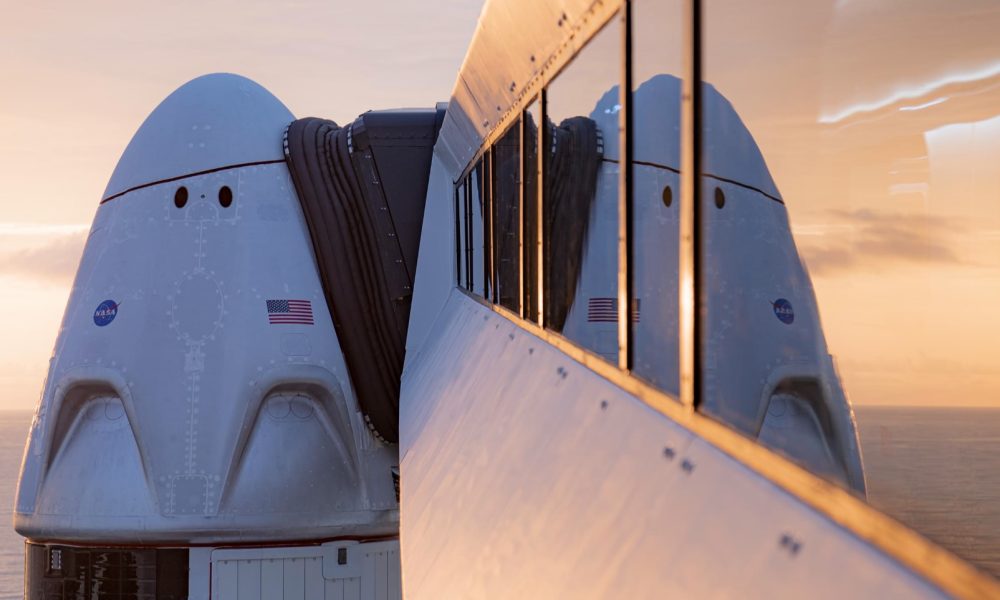
NASA and SpaceX have set a target launch date of July 31, 2025 for the Crew-11 mission, which will ferry astronauts to the International Space Station (ISS). The spacecraft will lift off from Launch Complex 39A at Kennedy Space Center in Florida. Crew-11 will utilize the Crew Dragon Endeavour and a Falcon 9 booster for the mission.
This marks the sixth flight for Crew Dragon Endeavour, making it SpaceX’s most experienced crew vehicle to date. According to Sarah Walker, SpaceX’s director of Dragon mission management, Endeavour has previously carried 18 astronauts from eight countries since its inaugural mission in 2020 with NASA astronauts Bob Behnken and Doug Hurley. Walker emphasized the spacecraft’s significance in restoring human spaceflight capabilities to the United States after the Space Shuttle program concluded in July 2011.
Upgraded Parachutes and Experienced Crew
For the Crew-11 mission, Endeavour will feature SpaceX’s upgraded drogue 3.1 parachutes, designed to enhance reentry safety. This mission will serve as the first operational test for these new parachutes, which are part of SpaceX’s ongoing improvements to its human-rated spacecraft.
The Falcon 9 booster designated for this launch, known as core B1094, has previously supported two Starlink missions and the private Ax-4 mission on June 25, 2025. The Crew-11 team consists of four members: NASA astronauts Zena Cardman and Mike Fincke, along with Japan’s Kimiya Yui and Russia’s Oleg Platonov.
Coordinated Launch Schedule
The timing of Crew-11’s arrival at the ISS is critical, as NASA is managing a tight schedule that includes the departure of Crew-10 and the arrival of SpaceX’s CRS-33 mission. Bill Spetch from NASA highlighted the importance of careful planning to optimize limited launch resources. He stated, “Providing multiple methods for us to maintain the station altitude is critically important as we continue to operate and get the most use out of our limited launch resources that we do have.”
The successful coordination of these missions will ensure that the ISS maintains its altitude and resupply cadence. Spetch expressed optimism about the upcoming missions, particularly with the introduction of CRS-33 following the Crew-11 and Crew-10 handover.
As the launch date approaches, preparations at Kennedy Space Center continue, with both NASA and SpaceX focused on ensuring a successful mission that supports ongoing research and international collaboration aboard the ISS.






